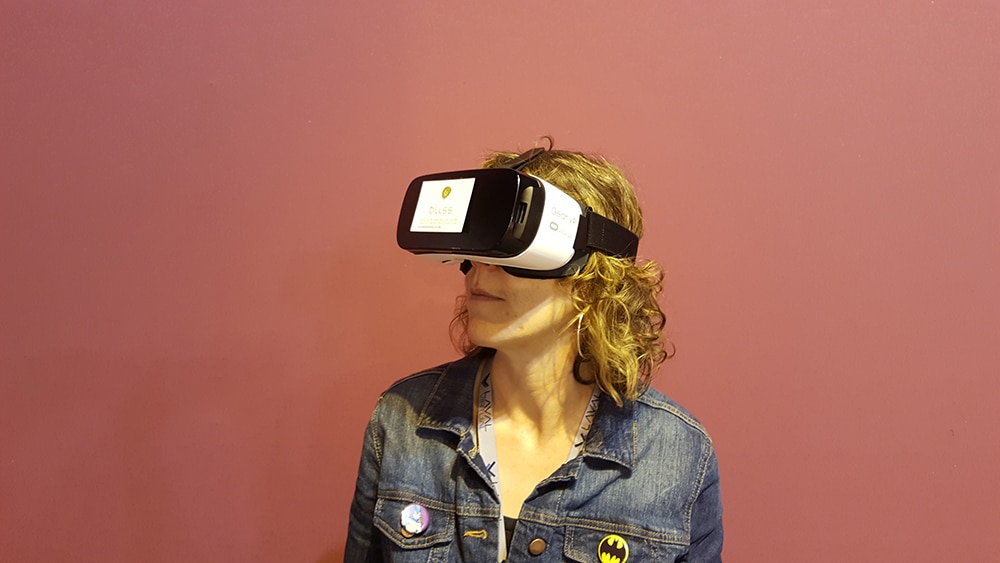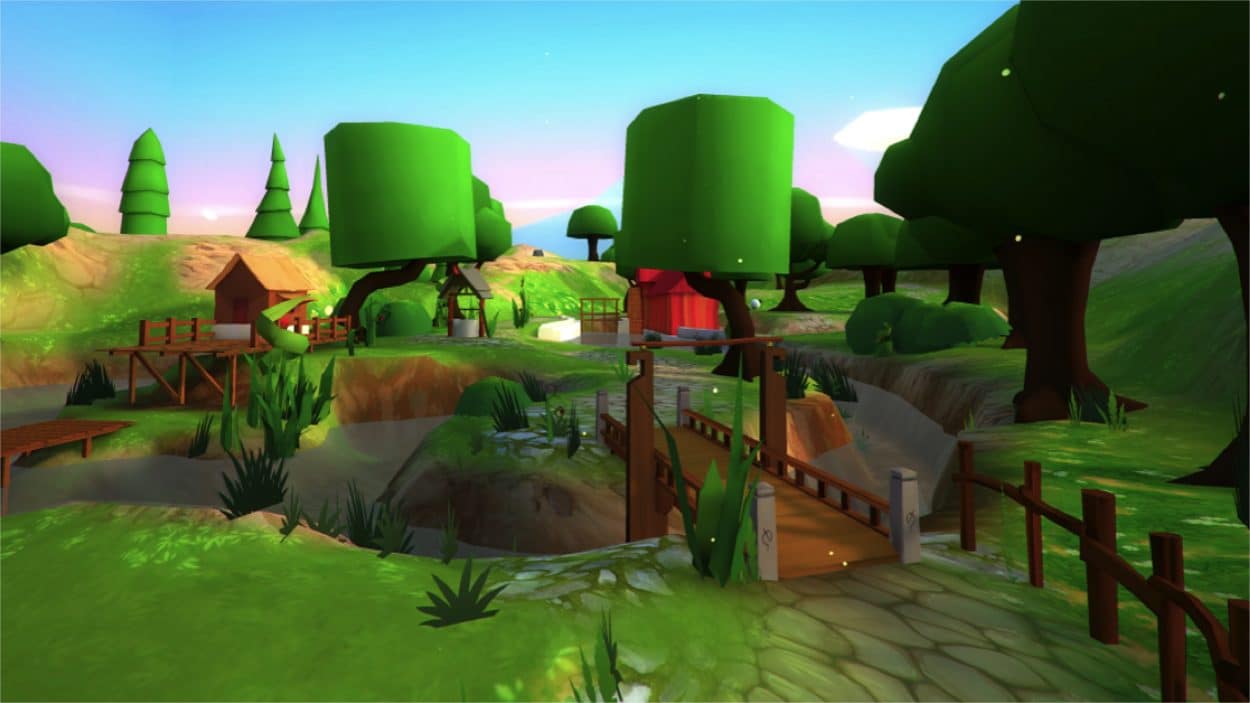Could virtual reality be a complementary therapy to reduce pain and stress in cancer patients? That’s the question Mélanie Péron will try to answer at this year’s Paris Doctors 2.0 & You Conference, May 26 and 27. Founder of the Effet Papillon (Butterfly Effect) social enterprise, she will present her Bliss project.
MedicalExpo e-magazine: What is Bliss and how did the project begin?
Mélanie Péron: Bliss is a real-time 3D application designed to meet the getaway needs of those in a weakened state. It’s inspired entirely by my own experience accompanying a patient isolated in a sterile room—the 18 months my partner was undergoing treatment for leukemia. Remember that such rooms are physically isolated and cannot be opened. The patient is in another world, a sort of bubble. I was the only one allowed in, and only dressed like an astronaut in a double-layer suit. In such a situation, communication is difficult and the isolation can make you crazy. The patient doesn’t know if he/she will survive. There’s the fear of death and extreme tiredness due to the chemo and radiation therapy. It’s important to remain positive. Doctors say that’s half the battle.
That made me look for a solution that would cut through the isolation and provide another way to communicate. At the time, I had friends who played a lot of real-time strategy games, like Warcraft. I thought it would be terrific to recreate such an environment. That was the starting point in 2010. I approached the engineers at Laval Virtual and told them I wanted to create a dreamlike virtual world where people wouldn’t feel isolated. In 2011, after four months of work with six engineering students, we proposed a prototype to Laval Virtual. The effect was tremendous.
ME e-mag: How does it work?
Mélanie Péron: At first, we used 3D computers. But since technology has evolved so much, we decided to use smartphones and headsets to create therapeutic virtual reality. We were looking for a mobile solution available to everyone that patients could use in the waiting room, during painful treatments or when experiencing acute stress to reduce pressure and pain.

ME e-mag: What exactly do they see when they put on the headset?
Mélanie Péron: Bliss is still in the development stage. But we intend to plunge users into a very calm virtual universe that is dreamlike and highly imaginative. It’s not a question of reproducing reality. That exists already. We propose a choice of several environments, for example, a forest, the seashore, a prairie, a frozen landscape. As the person looks around, there will be visual interactions and elements of the environment will begin to move. The audio element also will be very important. We want to keep the sessions short—10 to 15 minutes. People are not meant to wear the headset all day. We want to stick with homeopathic doses because it’s somewhat tiring. Also, we don’t want to cut them off completely from the real world.
ME e-mag: Have you already tested Bliss on patients?
Mélanie Péron: Over the course of six months we followed 10 or so women who had just been diagnosed with cancer. We proposed that they use Bliss one week per month as a complement to their chemotherapy. We evaluated their quality of life and the amount of medicine they took. Over the course of treatment, we found that their drug consumption did not rise and their quality of life remained stable. The women didn’t feel worse. In fact, they told us that using Bliss before chemo or a visit to the oncologist relaxed them.

At the time, Bliss was on a 3D computer with stereo glasses. I was afraid they wouldn’t be able to handle wearing the glasses because chemo can produce terrible nausea and other side-effects. But it didn’t happen. The study confirmed all our hypotheses regarding the benefits of such complementary treatment, including improvement in the quality of life. It’s as effective or even more so than morphine, and as or more effective than behavioral and cognitive therapy. Virtual reality has been evaluated, tested and implemented in Quebec and the US for about 10 years to deal with things like social phobias, pain, addiction, sexual aggression and post-traumatic stress.
ME e-mag: What are your medium- and long-term projects?
Mélanie Péron: We’ve launched a crowdfunding campaign to obtain the financing necessary to offer Bliss to hospital patients. We’ve planned pilot projects for September to test it in several establishments. The second step will be to develop Bliss for tablets to reproduce the social aspect we had with computers, where several users could connect, send each other messages, etc. The long-term goal is to develop a clinical evaluation system and research protocols into the benefits of Bliss.











